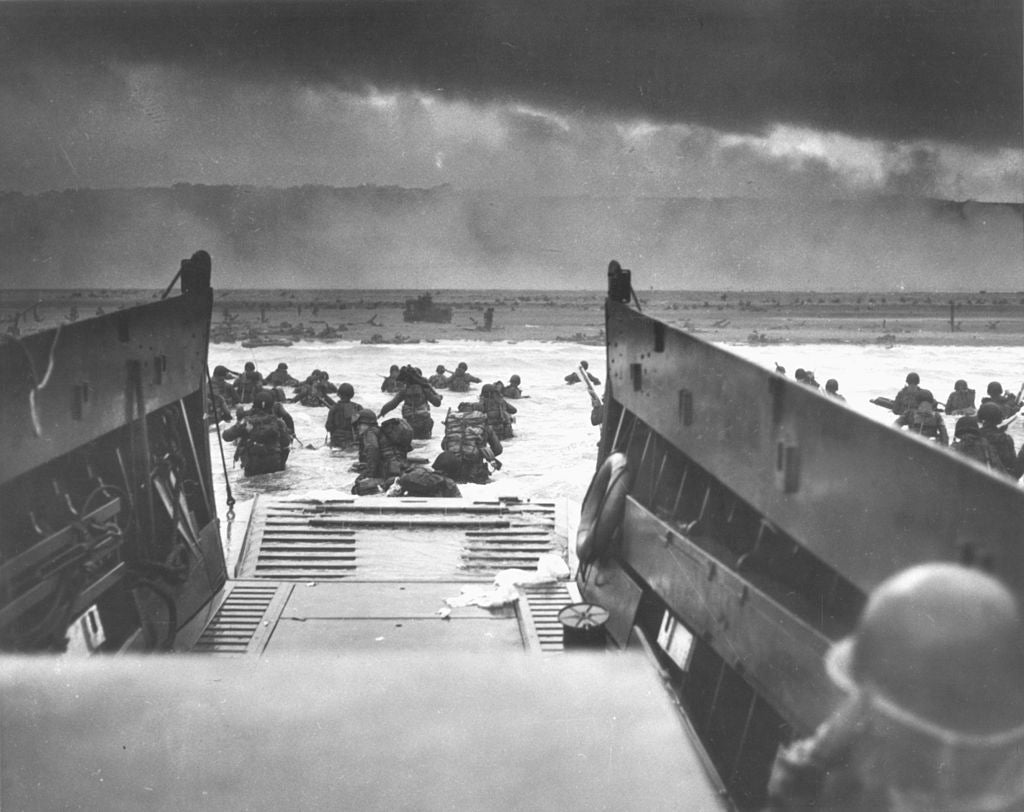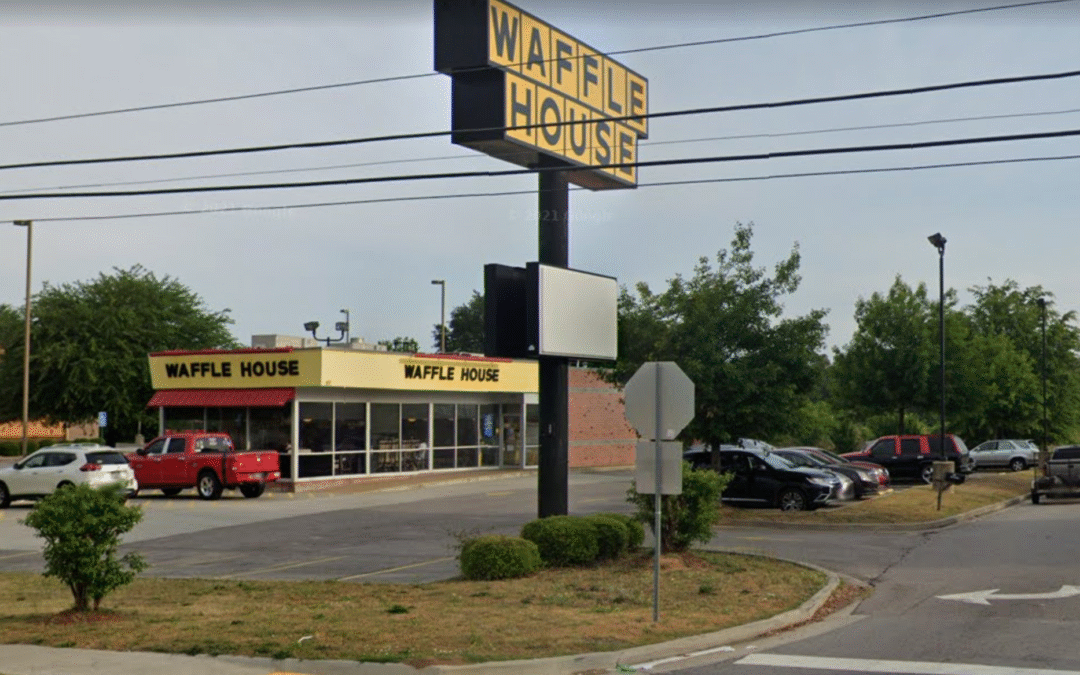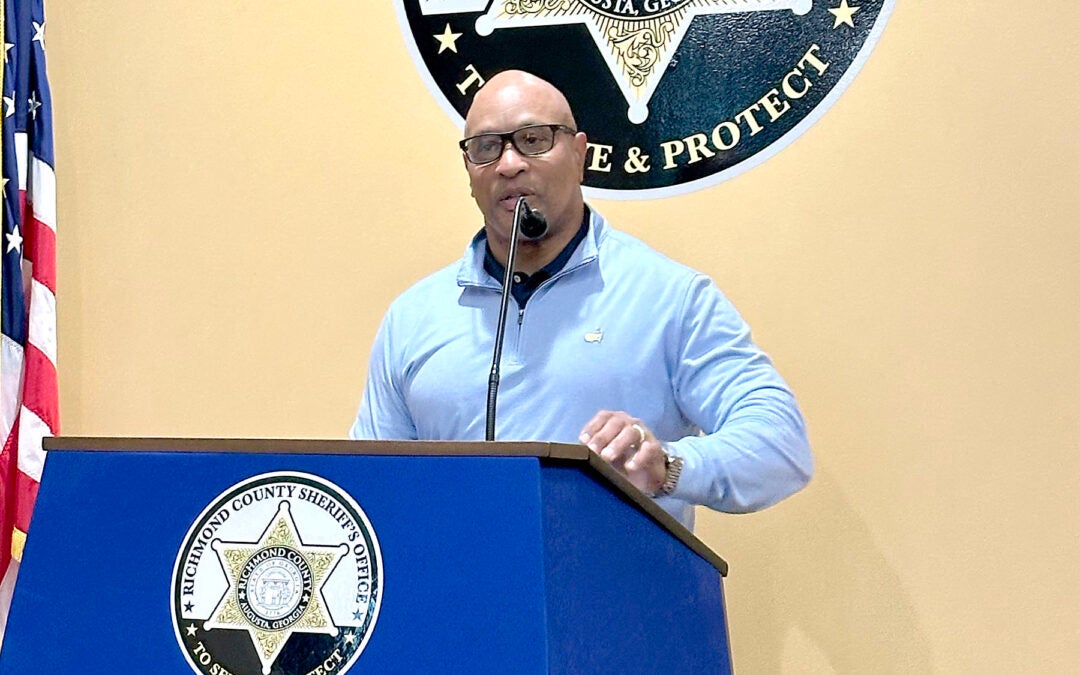It was 77 years ago today. An allied army of 156,000 men began to move to the beaches of Normandy, France. Paratroopers had already landed in the enemy rear. A million more troops waited in Britain to start moving across the Channel once the beachheads were secure.
It was an incredible operation — and incredibly risky. World War I experience had suggested that amphibious landings on defended shores were hardly possible. Pacific island invasions had shown that it was possible, but at incredible cost — and this time, the opponent would be Nazi Germany’s army, man for man the best (and certainly the most experienced) in the world. Its battlefield capacity and arsenal of weaponry exceeded that of Japan’s, let alone the already-defeated Italian army.
MORE: Remembering They Who Did Not Return
You don’t have to take my word for it. One of the people who was deeply uncertain of the outcome was the supreme commander, U.S. Gen. Dwight D. Eisenhower. The invasion would have happened earlier, but Eisenhower insisted on a much larger force than first proposed. Even then, the first thing he did after issuing the final “go” order was to return to his office and draft the message he would have to send if the invasion failed and the surviving forces had to be recalled.
One can imagine the nervous strain Ike was feeling, given that the invasion day had been postponed again and again for the most banal reason — the weather. But then think of the American, British, Canadian, and other Allied soldiers, crammed into the small and vulnerable landing craft, as they approached the beaches. Whether you lived or died, as is often true in battle, depended on luck.
You might land in a poorly-defended area where very few would be killed; or you might land on “Omaha” beach (there were five code-named landing beaches) where the defense was stout, and losses heavy. You might be in a tank that landed in a place where it could operate, or you might be one of the crews that drowned when the machines were dropped in deep water. The heavy pre-invasion bombardments had not destroyed all the defenses; luckily for the Allies, these were by no means strong everywhere.
Everything was attempted to make the landings survivable. A battalion under Col. James Rudder scaled a hundred-foot cliff to destroy German heavy guns that covered both “Omaha” and “Utah” beaches. Airborne divisions parachuted into Normandy to capture bridgeheads and causeways, thereby both delaying Nazi reinforcements and assisting the advance of the Allies once ashore. What actually happened was a good example of all the chance factors that made the D-Day landings successful.
[adrotate banner=”22″]
At first glance, the paratrooper invasion of Normandy was a disastrous failure. Airborne troops were scattered all across the region, not dropped as part of organized units, nor dropped where they were supposed to be. The Allied transports were hampered by poor navigation, a lack of landmarks (Normandy was blacked out, of course) and heavy antiaircraft fire. So, chaos. Yet this chaos turned out to be more effective than the original plan might have been. As the first paratroopers landed, reports poured into German headquarters — first here, then there — so that the German commanders were completely mystified as to where the main Allied invasion would come. This confusion greatly helped the Allies.
But the Germans were already confused — and not just by the Allies, who had even created a dummy army in England to confuse Nazi intelligence. Adolf Hitler, who mistrusted both the loyalty and the ability of his generals, had created a strange command structure in France. The overall command in the West was under Field Marshal Gerd von Rundstedt. However, the coastal forces were under the command of Field Marshal Erwin Rommel; Rundstedt’s control over Rommel was unclear, and the two had different theories on how to defend the coast. Most damaging of all, the most important force on hand in Normandy — and the entire tank corps under a Gen. Leo Geyr von Schweppenburg — was under the direct control of headquarters in Berlin! Yet in case of a Normandy landing, that corps would need to rush to the coast to crush the landings. Perhaps the Allies could still have succeeded–but it is not certain, and it would have taken longer and cost a lot more.
But Hitler made an even bigger mistake — and this also brings us to the most important reason that the Allied operation Overlord was possible. Three-quarters of Hitler’s army was tied down trying to hold off the Soviet Red Army in the east. By pre-arrangement, the Red Army also attacked in June 1944. Two weeks after the D-Day landings, 2.25 million Soviet soldiers in operation Bagration attacked the Nazi forces. Hitler disastrously insisted on a hold-at-all-costs defense. The Soviet forces advanced hundreds of miles and, more importantly, completely destroyed some 20 Nazi divisions — an entire army group.
Opinion: Were Confederates Traitors?
June 1944 was effectively the end of Nazi Germany. The war would continue another 11 months, but there was no chance of a Nazi victory. Once the Allies had landed in Normandy, Hitler had to face two major fronts (the Italian front had never lived up to Allied expectations), and that exceeded Germany’s military capacity.
From the perspective of generals, strategists, and military historians, D-Day was a great success. The losses — 4,400 dead, of whom 2,500 were American — were below expectations. Eisenhower had been warned he might lose three quarters of the paratroopers, for example. That was no balm to the families of the dead. But the families of those who survived might be grateful to the skill of the planners, the courage of those who led the attacks across the beaches, from the air and up the cliffs, thereby ensuring victory, and our allies — especially the Soviets, who kept most of the enemy forces tied down.
There had never been an amphibious landing like it, and there will never be another.
Hubert van Tuyll is an occasional contributor of news analysis for The Augusta Press. He is a retired Augusta University professor of history who specializes in the history of World War I and World War II. Reach him at hvantuyl@augusta.edu.
[adrotate banner=”41″]








